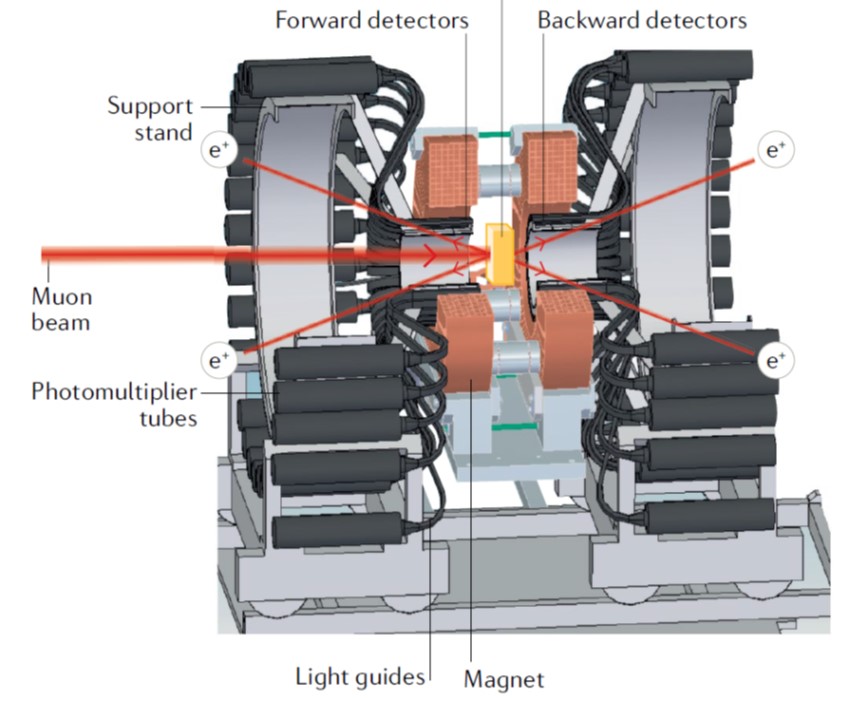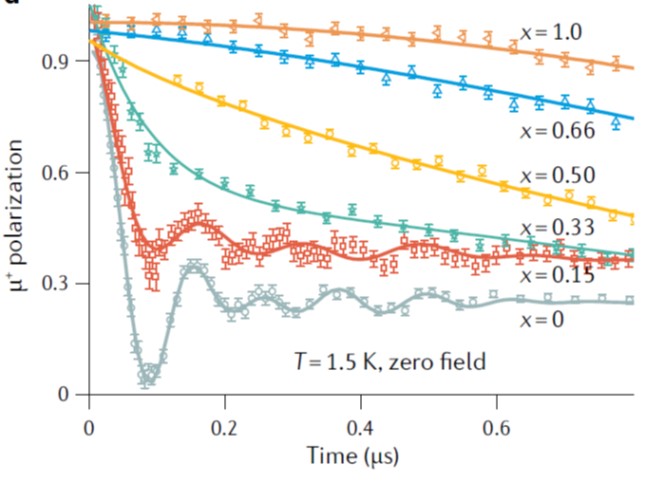

Muons are particles with a spin of ½ that can be implanted into a wide range of condensed matter materials to act as a local probe of the surrounding atomic environment. Measurement of the muon’s precession and relaxation provides an insight into how it interacts with its local environment. From this, unique information is obtained about the static and dynamic properties of the material of interest. This has enabled muon spin spectroscopy, more commonly known as muon spin rotation/relaxation/resonance (μSR), to develop into a powerful tool to investigate material properties such as fundamental magnetism, superconductivity and functional materials. Alongside this, μSR may be used to study, for example, energy storage
materials, ionic diffusion in potential batteries, the dynamics of soft matter, free radical chemistry, reaction kinetics, semiconductors, advanced manufacturing and cultural artefacts. This Primer is intended as an introductory article and introduces the μSR technique, the typical results obtained and some recent advances across various fields. Data reproducibility and limitations are also discussed, before highlighting promising future developments.
DOI: https://doi.org/10.1038/s43586-021-00089-0
Ref: A.D. Hillier, S.J. Blundell, I. McKenzie, I. Umegaki, L. Shu, J.A. Wright, T. Prokscha, F. Bert, K. Shimomura, A. Berlie, H. Alberto, and I. Watanabe, Nat Rev Methods Primers 2, 4 (2022)